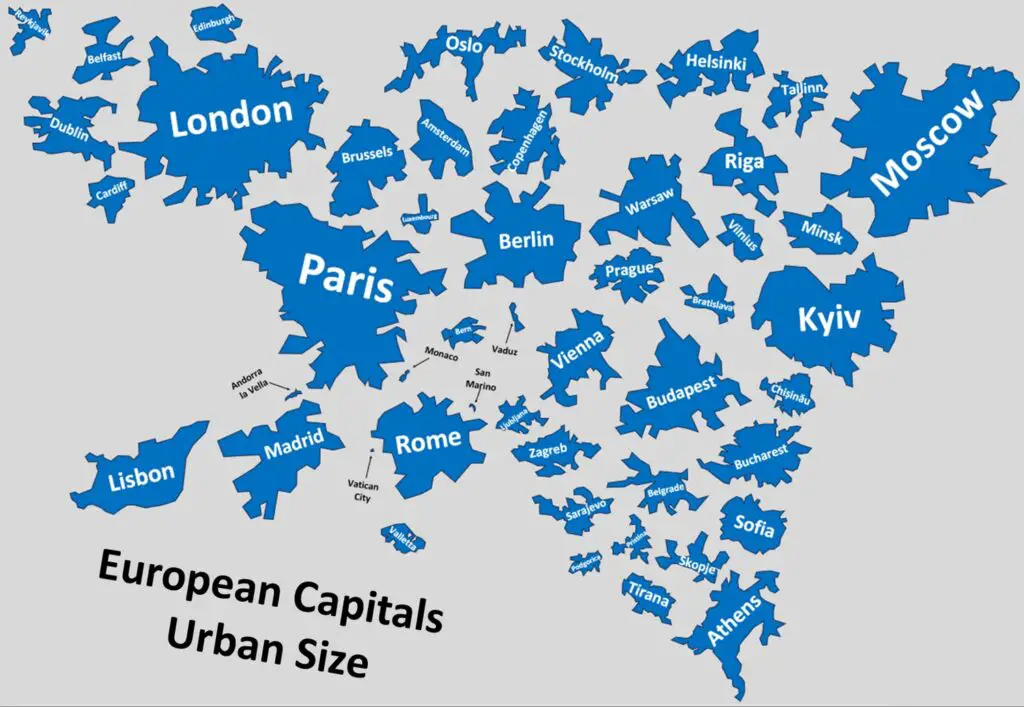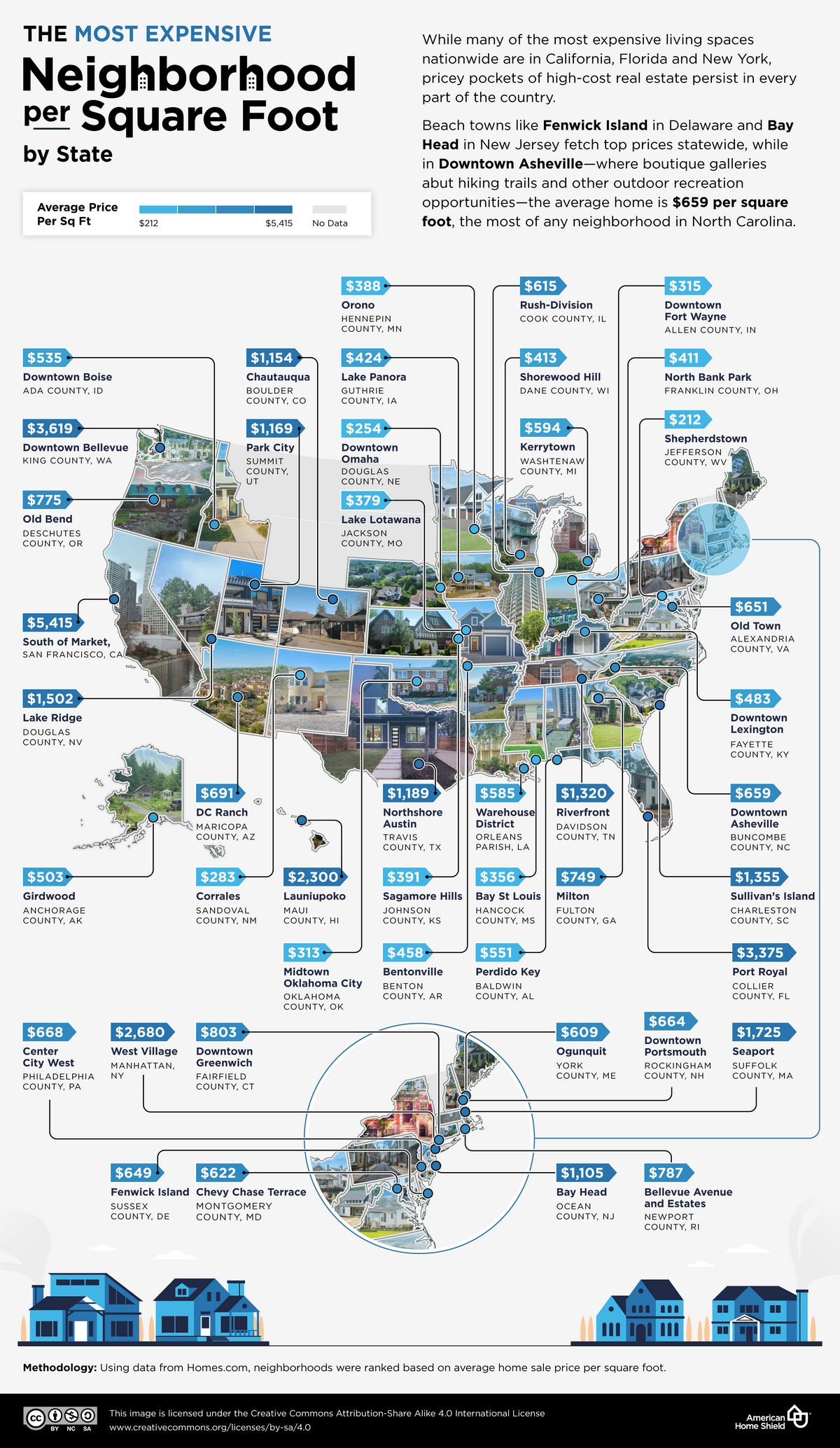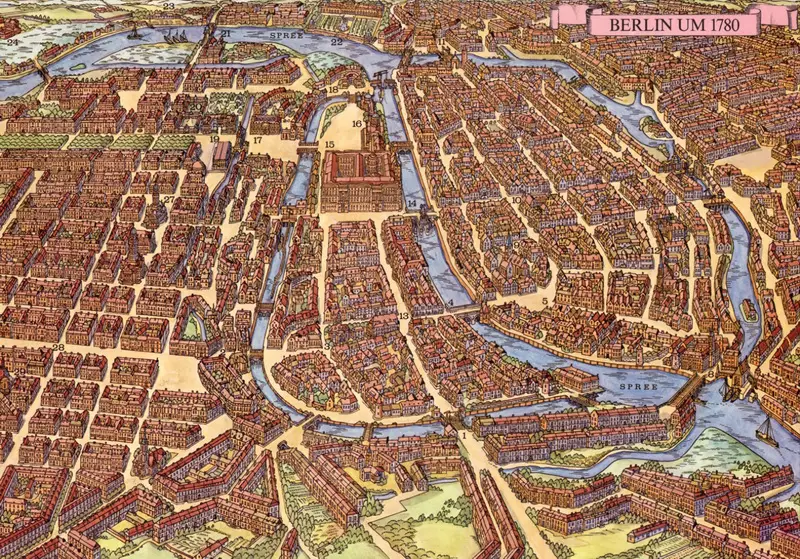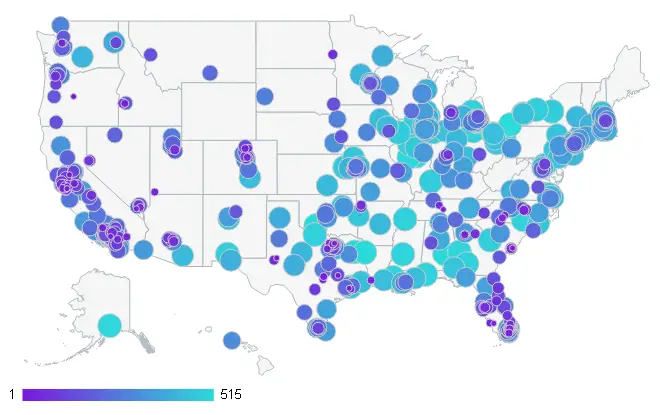European Capitals Urban Size
The urban size of European capitals varies significantly, reflecting historical development, population growth, and urban planning. In comparing European capitals’ urban sizes, one can observe a diverse landscape:
At the larger end of the spectrum, metropolises like Moscow, London, Paris, and Berlin stand out as major European capitals with extensive urban areas. These cities have historically evolved over centuries, incorporating surrounding communities and neighborhoods into their urban fabric. As economic and cultural hubs, they attract a diverse population, contributing to their expansive urban footprint.
On the other hand, smaller European capitals, such as Dublin, Oslo, and Luxembourg City, exhibit more compact urban structures. These cities, while still influential, have experienced different patterns of growth and development, often constrained by geographical factors, historical city planning, or limited population size.
Top 10 European capitals by urban size
| Rank | Capital | Country | Urbanized Area |
|---|---|---|---|
| 1 | Paris | France | 2,845 sq km / 1,098 sq mi |
| 2 | Moscow | Russia | 2,500 sq km / 965 sq mi |
| 3 | London | United Kingdom | 1,572 sq km / 607 sq mi |
| 4 | Rome | Italy | 1,285 sq km / 496 sq mi |
| 5 | Berlin | Germany | 892 sq km / 344 sq mi |
| 6 | Vienna | Austria | 715 sq km / 276 sq mi |
| 7 | Madrid | Spain | 605 sq km / 234 sq mi |
| 8 | Budapest | Hungary | 525 sq km / 203 sq mi |
| 9 | Warsaw | Poland | 517 sq km / 200 sq mi |
| 10 | Athens | Greece | 412 sq km / 159 sq mi |
Below is a European capital urban agglomeration size comparison created by Reddit user Astapore. The term “urban agglomeration” denotes the population residing within the boundaries of a continuous territory characterized by urban density levels, irrespective of administrative divisions.

Several factors contribute to the variations in urban size among European capitals, including geographic constraints like natural boundaries, historical city planning, economic development, and population density. Additionally, cultural and governmental policies influence how cities expand, regenerate, or preserve their urban spaces.
The largest urban agglomerations by population in Europe
As of 2023, Moscow stands not only one of the largest by area but also one of the most populous European capitals, boasting an estimated urban agglomeration of 12.68 million people. Paris, the French capital, secures the second position with a population of 11.2 million. Following closely are the capitals of the United Kingdom and Spain, with London hosting 9.6 million inhabitants and Madrid reaching 6.75 million. Istanbul, despite its significant size, is excluded from this European ranking due to its transcontinental nature, as a substantial part of its population resides in Asia.
| Rank | Capital | Country | Population |
|---|---|---|---|
| 1 | Moscow | Russia | 12.7 million |
| 2 | Paris | France | 11.2 million |
| 3 | London | United Kingdom | 9.6 million |
| 4 | Madrid | Spain | 6.8 million |
| 5 | Rome | Italy | 4.3 million |
| 6 | Berlin | Germany | 3.6 million |
| 7 | Athens | Greece | 3.1 million |
| 8 | Kyev | Ukraine | 3.0 million |
| 9 | Lisbon | Portugal | 3.0 million |
| 10 | Brussels | Belgium | 2.1 million |
You can learn more about European capitals and cities from the following map of Europe:








